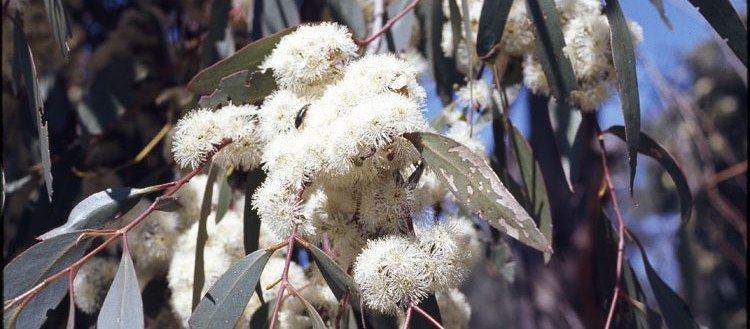Glossary
Adaptive Radiation: a process by which a few species adapt to fill different ecological niches, giving rise to a larger number of species, each specifically suited to particular environmental factors.
Anesthetic: an agent used to induce numbness or relieve pain.
Antitussive: an agent used to help suppress coughing.
Bisexual Flowers: flowers that contain both male reproductive structures (antheridia) and female reproductive structures (ovary and pistil).
Eucalypt: a term used interchangeably to refer either to the plants within the genus Eucalyptus, or to a large group of other closely related genera, such as Corymbia, Symphiomyrtus, and Monocalyptus.
Expectorant: an agent used to help promote the discharge of mucus from the respiratory tract (that is, to make coughing more productive).
Mycorrhizal Relationships: (mycorrhizae) a beneficial relationship between a plant and a fungus in which the fungus lives in the roots of the plant, using the plant's sugars as a food source but also helping the plant absorb vital nutrients from the soil.
Phloem: a type of tissue in plants that conducts sugars and other food materials to different parts of the plant.
Phylogenetic tree: a diagram that shows the evolutionary history of an organism or group of organisms, including the relationships between different groups.
Primary Producer: an organism that produces its own food by photosynthesis and is a source of food energy for other organisms in the community.
Sister Taxa: organisms or groups of organisms that share an immediate common ancestor and are placed in the same taxonomic group; for example, E. dives and E. gunni are sister taxa within the genus Eucalyptus .
Xylem: a type of tissue in plants that conducts water and nutrients from the roots to other parts of the plant.
